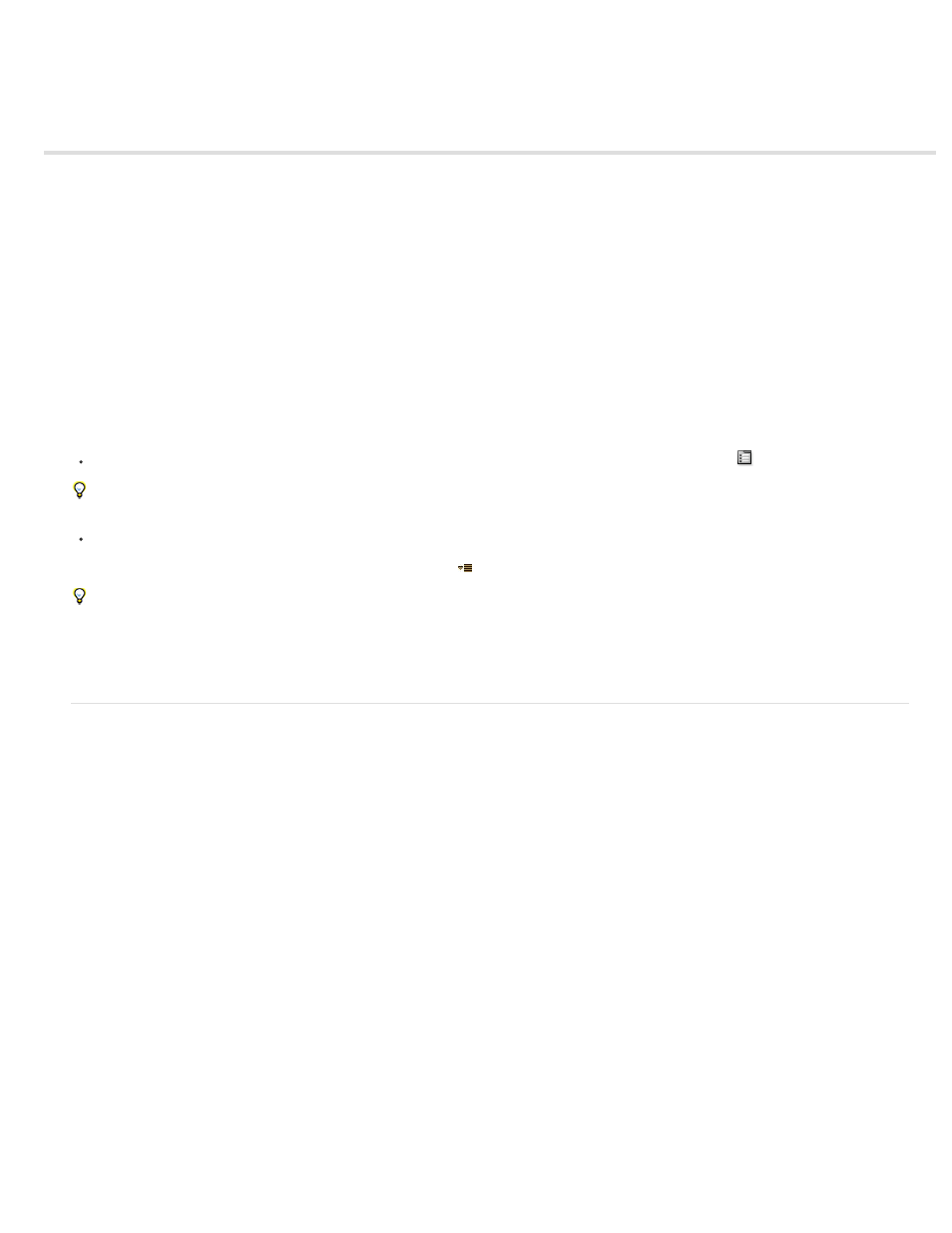Formatting characters and the character panel – Adobe After Effects User Manual
Page 355

Formatting characters and the Character panel
Note:
Windows
Mac OS
Fonts
Spacing between characters and lines: non-breaking spaces, kerning, tracking, and leading
Text fills and strokes
Text scale and baseline shift
Change the case of text
Format text as superscript or subscript
Chinese, Japanese, and Korean text
Smart quotes
Use the Character panel to format characters. If text is selected, changes you make in the Character panel affect only the selected text. If no text
is selected, changes you make in the Character panel affect the selected text layers and the text layer’s selected Source Text keyframes, if any
exist. If no text is selected and no text layers are selected, the changes you make in the Character panel become the new defaults for the next
text entry.
To display the Character panel, choose Window > Character; or, with a type tool selected, click the panel button
in the Tools panel.
To open the Character and Paragraph panels automatically when a type tool is active, select Auto-Open Panels in the Tools panel.
To reset Character panel values to the default values, choose Reset Character from the Character panel menu.
You open the panel menu by clicking the panel menu button
in the upper-right tab of the panel.
After Effects doesn't provide a character style for underlining text, but you can underline text with a variety of other graphical elements.
Possibilities include using a shape layer containing a path with a stroke, applying a stroke to an open mask, using the Write-on Effect, and
using an animated series of tightly spaced (kerned) underscore or dash characters. For a discussion of why underlining is considered bad
typographic form and how you can create underlines in After Effects, see
on the Creative COW After Effects forum.
Fonts
A font is a complete set of characters—letters, numbers, and symbols—that share a common weight, width, and style. In addition to the fonts
installed on your system in the standard location for your operating system, After Effects uses font files in this local folder:
Program Files\Common Files\Adobe\Fonts
Library/Application Support/Adobe/Fonts
If you install a Type 1, TrueType, OpenType, or CID font into the local Fonts folder, the font appears in Adobe applications only.
If the formatting for a character specifies a font that is unavailable on your computer system, another font will be substituted, and the missing font
name will appear in brackets. Font substitution sometimes occurs when you open a project on Mac OS that was created on Windows, because the
set of default fonts differs between the two operating systems.
When you select a font, you can select the font family and its font style independently. The font family (or typeface) is a collection of fonts sharing
an overall design; for example, Times. A font style is a variant version of an individual font in the font family; for example, regular, bold, or italic.
The range of available font styles varies with each font. If a font doesn’t include the style you want, you can apply faux styles—simulated versions
of bold, italic, superscript, subscript, all caps, and small caps styles. If more than one copy of a font is installed on your computer, an abbreviation
follows the font name: (T1) for Type 1 fonts, (TT) for TrueType fonts, or (OT) for OpenType fonts.
The font size determines how large the type appears in the layer. In After Effects, the unit of measurement for fonts is pixels. When a text layer is
at 100% scale value, the pixel values match composition pixels one-to-one. So if you scale the text layer to 200%, the font size appears to double;
for example, a font size of 10 pixels in the layer looks like 20 pixels in the composition. Because After Effects continuously rasterizes text, the
resolution remains high when you increase the scale values.
351
